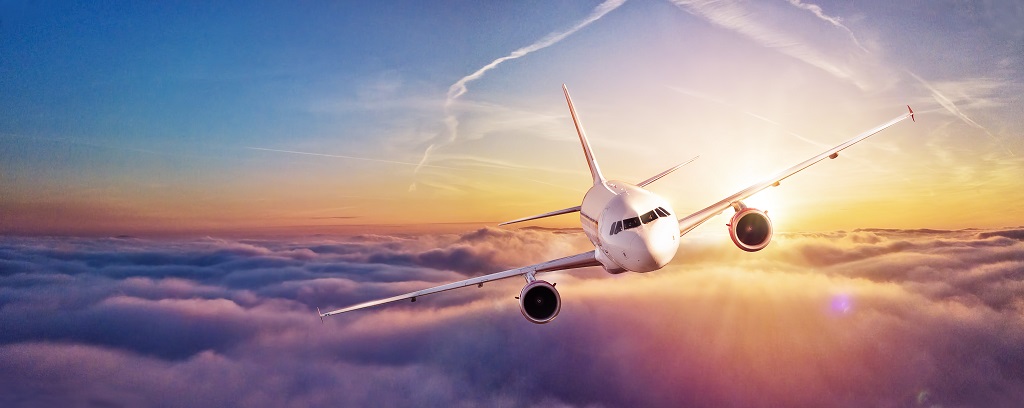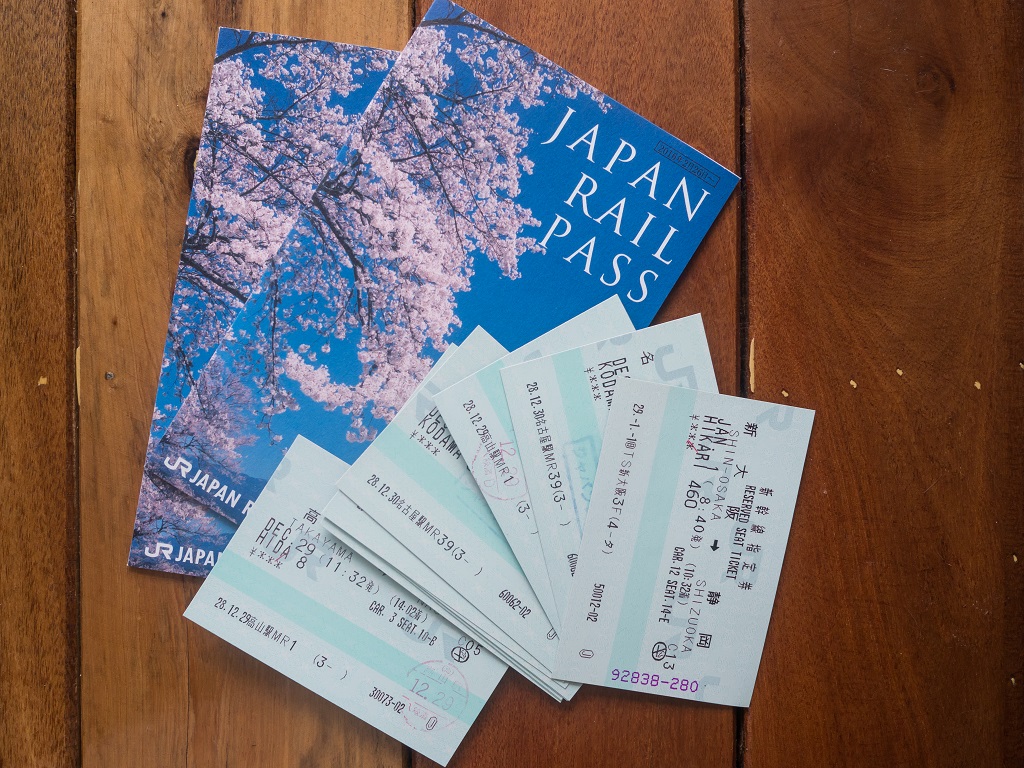Your E-ticket is your international airline ticket that we book and issue for you through our system. With your E-ticket you can check in with your airline and receive your boarding pass. Make sure you either print it out or have it handy on your phone when you are ready to do your checking in.
We have good relationships with many airline companies and we work hard to provide our customers with affordable flights and meet their special requests. We allow our customers to have a few different flight itineraries so they can choose the best option for themselves and make sure their requests are met.
Before the tour begins our Operation staff work hard to look through our flight booking system and reserve the most affordable flights with great services for our customers.
We allow our customers to choose the best options with early arrivals, stay behinds and transits. We can help our customers with accommodation and optional tours for these as well.
Once our customers have confirmed their flights we issue their e-tickets.
In general if our customers would like to do online check-in and add special requests they can do that themselves. We usually put their special requests into our booking and have it recorded for them but we usually tell them the process for online check-in and their reservation number. This allows the customer to be able to freely do their online check-in and add any special requests they need. If the customer needs assistance we can give it to them and provide more details.




